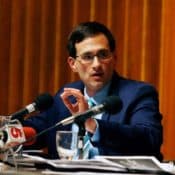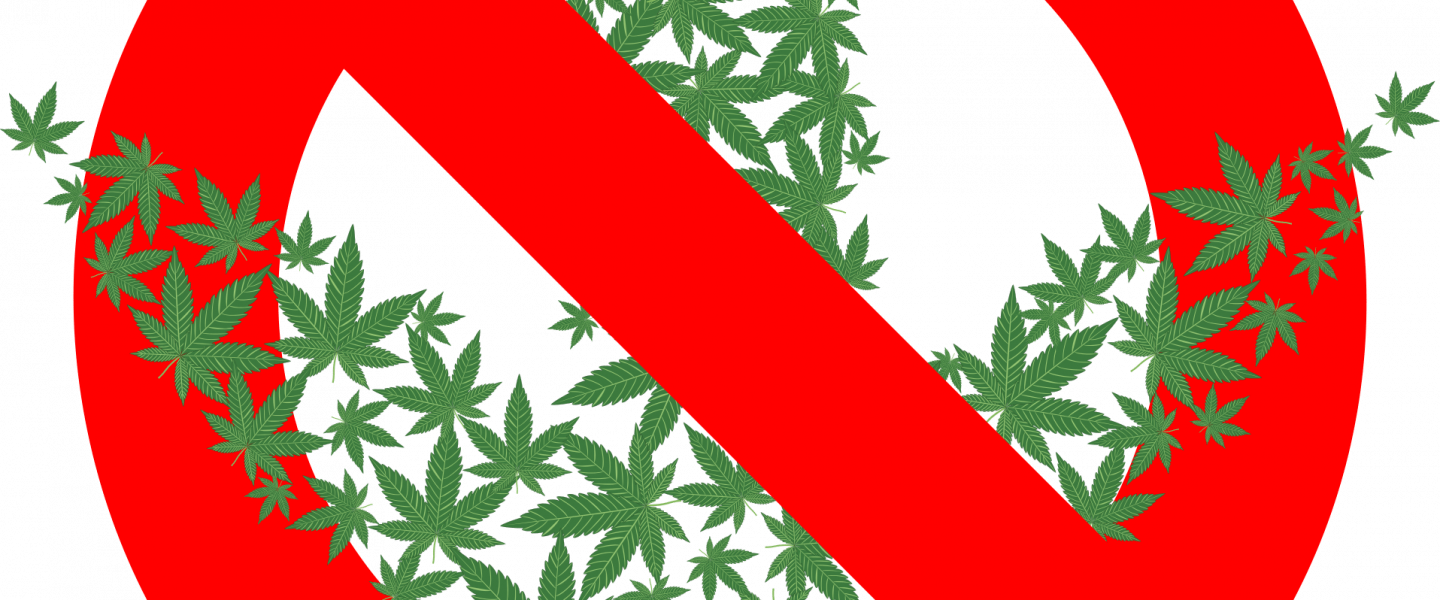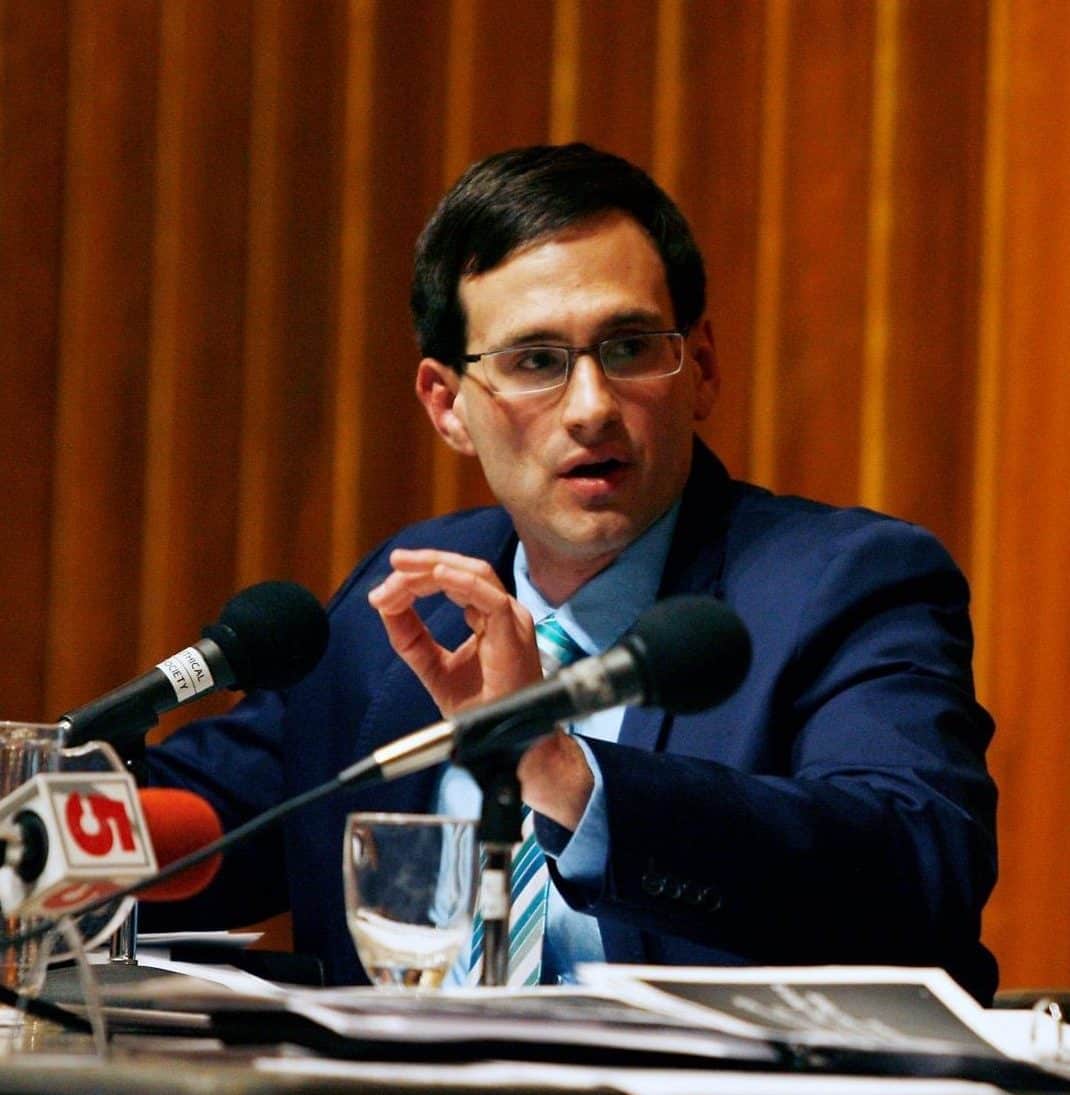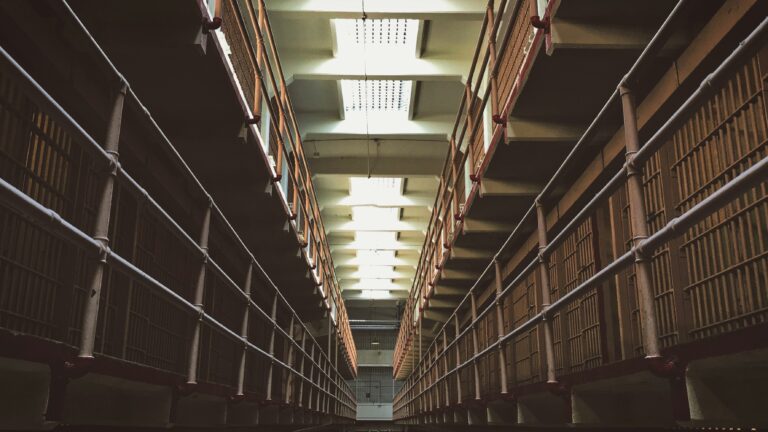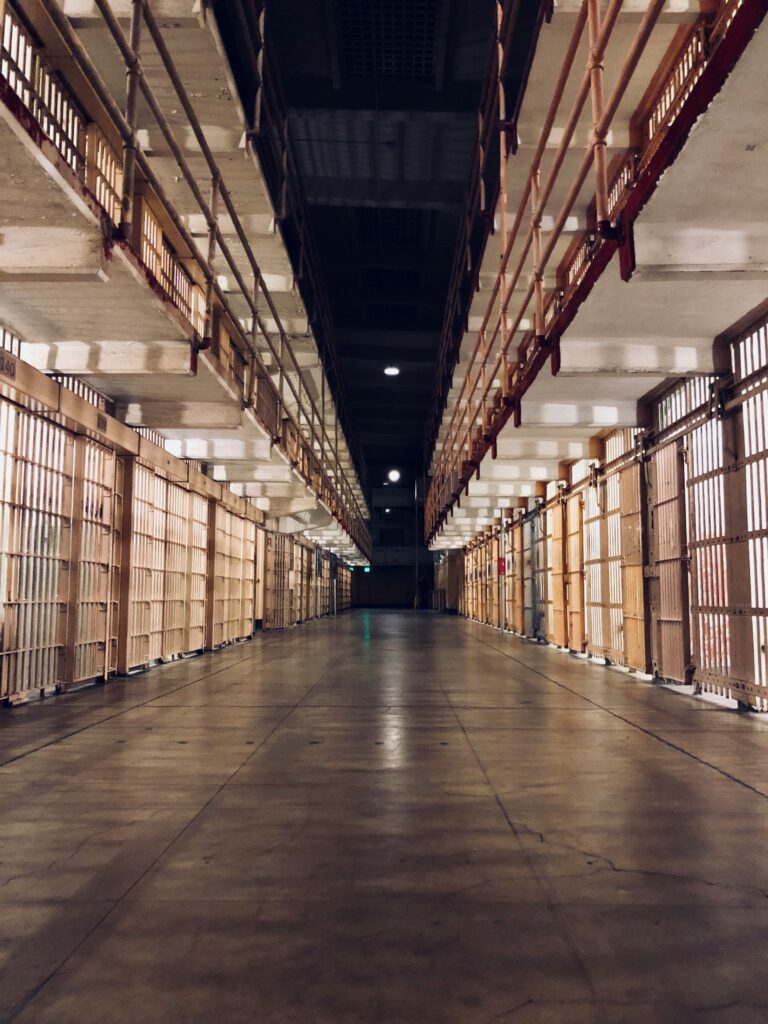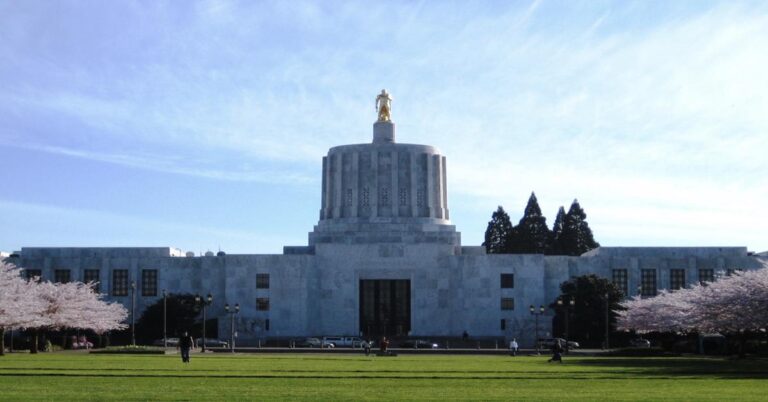The first major victory of the modern movement to legalize marijuana was won in 1996 when California voters passed Proposition 215, legalizing medical cannabis in the state. It’s easy to assume from that fact that marijuana had been criminalized in the United States since time immemorial. But not so!
In fact, marijuana was legal across the country for most of our history. Hemp was cultivated commonly by the English colonists even before the American Revolution, and it remained a staple crop for centuries. Marijuana was also used medically in pharmacies from sea to shining sea well into the 20th century.
No, the prohibition of marijuna in the United States is a relatively recent phenomenon and will hopefully be consigned to the dustbin of history in the near future. But, it’s important to understand the history of prohibiting marijuana, so that we can effectively undo that system and the foundations upon which it rests.
The Pre-History of Marijuana Prohibition
From the earliest period of English colonization of North America, the cannabis plant was eagerly cultivated by the settlers. In the 1620’s, the General Court of Massachusetts proclaimed the need for growing hemp to ensure the colony’s survival:
“[it] desired and expected that all masters of families should see that their children and servants should bee industriously implied, so as the mornings and evenings and other seasons may not bee lost, as formerly they have beene, but that the honest and profitable custome of England may be practiced amongst us; so as all hands may be implied for the working of hemp and flaxe and other needful things for clothing, without abridging any such servants of their dewe times for foode and rest and other needful refreshings.”
Across England’s North American colonies, settlers grew hemp to produce rope, sails, and clothing. The colonies also exported hemp to England, but the mother country’s appetite for hemp was so strong that the colonies did not have adequate labor to fully meet the demand.
Hemp was even used as currency in the later years of the American Revolutionary War. The Continental Congress had issued the Continental Dollar, but they quickly inflated the money supply to the point that the paper currency was worthless. However, hemp was valuable in itself for all residents of the country, so it could always serve as a reliable medium of exchange during that tumultuous period.
Hemp continued to be grown widely across the United States as the country grew in the nineteenth century. During the Civil War, the staple crop played a prominent role in the Battle of the Hemp Bales in Lexington, Missouri in September 1861. The secessionist Missouri State Guard attacked Union forces at Lexington, which sits on the Missouri River. The Union forces were well fortified and held off attacks from the State Guard forces for nearly two days.
The State Guard forces came up with the idea to take the recently harvested hemp crop and soak it in water to use it as a mobile fortification. The soaked hemp bales proved impervious to fire, cannon balls, and small arms and allowed the secessionist forces to force the unconditional surrender of Union troops the next day.
So how did such a widely cultivated and appreciated crop come to be prohibited across the country just a couple generations later?
The Prohibition Era Begins
At the turn of the 20th century, a large number of Mexican immigrants began arriving in the United States. Americans, who had used medical cannabis in patent medicines for decades, began to associate the smoking of cannabis flower with the lifestyle of Mexican immigrants. They created laws to restrict what they now called “marijuana” as a way of controlling this new immigrant population.
In 1913, California became the first state to ban cannabis, which likely seems surprising to contemporary readers, but it fits with the fact that the appetite for prohibition was being driven by anti-Mexican sentiment.
Similarly, Utah would pass its own ban the next year after Mormon immigrants to Mexico came back after adapting the local custom of using marijuana. The Church of Latter Day Saints viewed the substance as basically the same as alcohol and pressured the state to outlaw it.
Statewide bans continued throughout the teens and twenties, and by the time Franklin Roosevelt took office as president in 1933, 29 of the then 48 states had enacted laws prohibiting marijuana. But the issue was still viewed as a matter for the states, not the federal government. After all, when the Drys sought to ban alcohol after World War I, they had to pass an amendment to the Constitution to make it possible, and a federal prohibition on marijuana would have required the same.
Enter Anslinger
And prior to the end of alcohol prohibition, few in the federal government paid cannabis much mind. That all changed when an assistant commissioner at the Bureau of Prohibition by the name of Harry Anslinger was appointed as the founding commissioner of the Bureau of Narcotics in 1930.
To that point, Anslinger himself had dismissed the idea that cannabis posed a threat to public safety. But once he discovered that he could justify much larger budgets for his agency if cannabis was criminalized federally, Anslinger’s tune changed dramatically. During the 1937 debate over the Marihuana Tax Act, Anslinger contrasted cannabis unfavorably with opium:
“Here we have a drug that is not like opium. Opium has all of the good of Dr. Jekyll and all the evil of Mr. Hyde. This drug is entirely the monster Hyde, the harmful effect of which cannot be measured. Some people will fly into a delirious rage, and they are temporarily irresponsible and may commit violent crimes. Other people will laugh uncontrollably. It is impossible to say what the effect will be on any individual. Those research men who have tried it have always been under control. They have always insisted upon that. … It is dangerous to the mind and body, and particularly dangerous to the criminal type, because it releases all of the inhibitions.”
Anslinger also frequently used racist arguments that cannabis use would lead white women to consort with black men and even have sex with or become pregnant by them: “Two Negros took a girl fourteen years old and kept her for two days under the influence of hemp. Upon recovery she was found to be suffering from syphilis.”
Anslinger succeeded in convincing Congress that marijuana was an imminent danger, and they passed the Marihuana Tax Act in 1937. One of the only people to testify against it was Dr. William Creighton Woodward of the American Medical Association. Woodward cast doubt on Anslinger’s claims and argued that physicians and pharmacists would be losing cannabis as an important medical drug, but many did not realize it because “marihuana” was not a commonly understood term among the medical profession.
First Flickers of Reform
Technically, the Marihuana Tax Act did not prohibit cannabis. Instead of passing an outright ban, Congress had relied on its power to tax to ban the substance in effect. No one was allowed to possess marijuana without a tax stamp showing they had paid the tax, but you could only pay the tax if you possessed marijuana. It was a Catch-22.
And this would prove to be the law’s undoing.
In December of 1965, former Harvard professor and psychedelic drug enthusiast Tim Leary was returning from Mexico into the United States. He was stopped at the border by Customs at Laredo, Texas, where officials discovered a small amount of weed in his vehicle.
Leary was arrested, but he challenged the charge on the grounds that the Marihuana Tax Act requires self-incrimination, because you cannot obtain the tax stamp without admitting to a crime, and self-incrimination is forbidden by the Fifth Amendment. The case went all the way to the Supreme Court, which decided unanimously in 1969 that Leary was right, overturned his conviction, and declared the Tax Act unconstitutional.
This could have been the beginning of federal legalization, but Congress was simply forced to find a new way to keep cannabis illegal. They did so by passing the Controlled Substances Act, which created the drug scheduling system that is still in use today.
During the debate over the Controlled Substances Act, a dispute arose over how to schedule marijuana. Many more liberal members of Congress felt that it should not be placed in Schedule I, which is reserved for drugs with a high potential for abuse and no accepted medical use. The compromise they reached was that marijuana would be temporarily placed in Schedule I while a commission was appointed to study the issue and give its recommendations.
That commission was led by former Republican Governor of Pennsylvania Raymond Shafer. Shafer was no one’s idea of a hippie, but he took on the task with an open mind and learned that cannabis was not the danger he had been led to believe.
Shafer’s commission issued their report in 1972, finding that marijuana was not a threat to society and should be decriminalized. Both Congress and President Nixon ignored those findings, but the report immediately served as an inspiration for cannabis activism.
The Era of Decriminalization
The National Organization for the Reform of Marijuana Laws (NORML) was founded in 1970 and seized upon the news about the Shafer Commission as evidence that prohibitionist policies were wrong and ineffective. And states began to take notice, with Oregon passing a law decriminalizing marijuana in 1973, becoming the first state to do so.
NORML lobbied numerous states to eliminate arrests for possession of small amounts of marijuana in the early 1970’s and experienced many early successes. By 1978, ten additional states passed law decriminalizing pot, including unexpected ones like Nebraska and Mississippi.
During this time period, even President Carter was seriously considering decriminalization at the federal level. Carter was being advised by Dr. Peter Bourne, whom he had appointed as Special Assistant to the President for Drug Abuse. Bourne was very supportive of drug law reform and openly associated with NORML leaders such as Keith Stroup.
However, relations between Stroup and Bourne soured when the Carter administration refused to stop spraying the dangerous herbicide paraquat on Mexican marijuana crops. Seeking revenge, Stroup went to the press and informed them that Bourne had used cocaine at the NORML Christmas party. This led to Bourne’s resignation, and Carter was left without anyone sympathetic to cannabis reforms in his administration.
It’s Darkest Before the Dawn
And then things got much worse.
The election of Ronald Reagan in 1980 brought the beginning of the Just Say No era. Progress towards decriminalization stopped dead in its tracks nationwide, and spending on enforcement and imprisonment for drug offenses skyrocketed for the next two decades. In 1992, President George H.W. Bush would go so far as to halt the tiny federal medical marijuana program started under Carter.
Between 1972 and 2009, the United States prison population grew more than 700 percent, from approximately 200,000 to more than 1.5 million people. The growth in incarceration was not driven solely by drug crimes by any means, but it was one of the largest factors.
But even in the midst of these crackdowns, activists were marshalling their resources and preparing for renewed efforts at reform. The first major victory of the modern cannabis law reform movement came in California — where marijuana was first criminalized — when voters legalized medical marijuana with Prop 215 in 1996.
As more information about California’s experiment with medical marijuana emerged, efforts to legalize cannabis, whether in medical or recreational forms, have only accelerated. Within a decade of Prop 215’s passage, eleven states had followed California’s lead in legalizing medical marijuana. Six years later in 2012, Colorado and Washington passed initiatives legalizing the recreational use of marijuana in the United States for the first time since 1937.
Now in 2020, 11 states have legalized recreational marijuana, and 33 states have legalized medical marijuana. Any adult over the age of 21 can walk into a dispensary in Chicago, Detroit, Denver, Las Vegas, or San Francisco and freely choose from a multitude of top-shelf cannabis strains and some of the best infused products imaginable. Many consumers can even order their cannabis online from a local dispensary website and await delivery in the comfort of their own home!
In November, voters in Mississippi and Nebraska will have the opportunity to become the latest medical marijuana states, while New Jersey, Montana, and Arizona will vote on recreational use. And South Dakota will become the first state ever to vote on both medical and recreational legalization on the same ballot.
The fight against cannabis prohibition is not over yet, but the wind is clearly at our backs as we press forward to finish the job!

